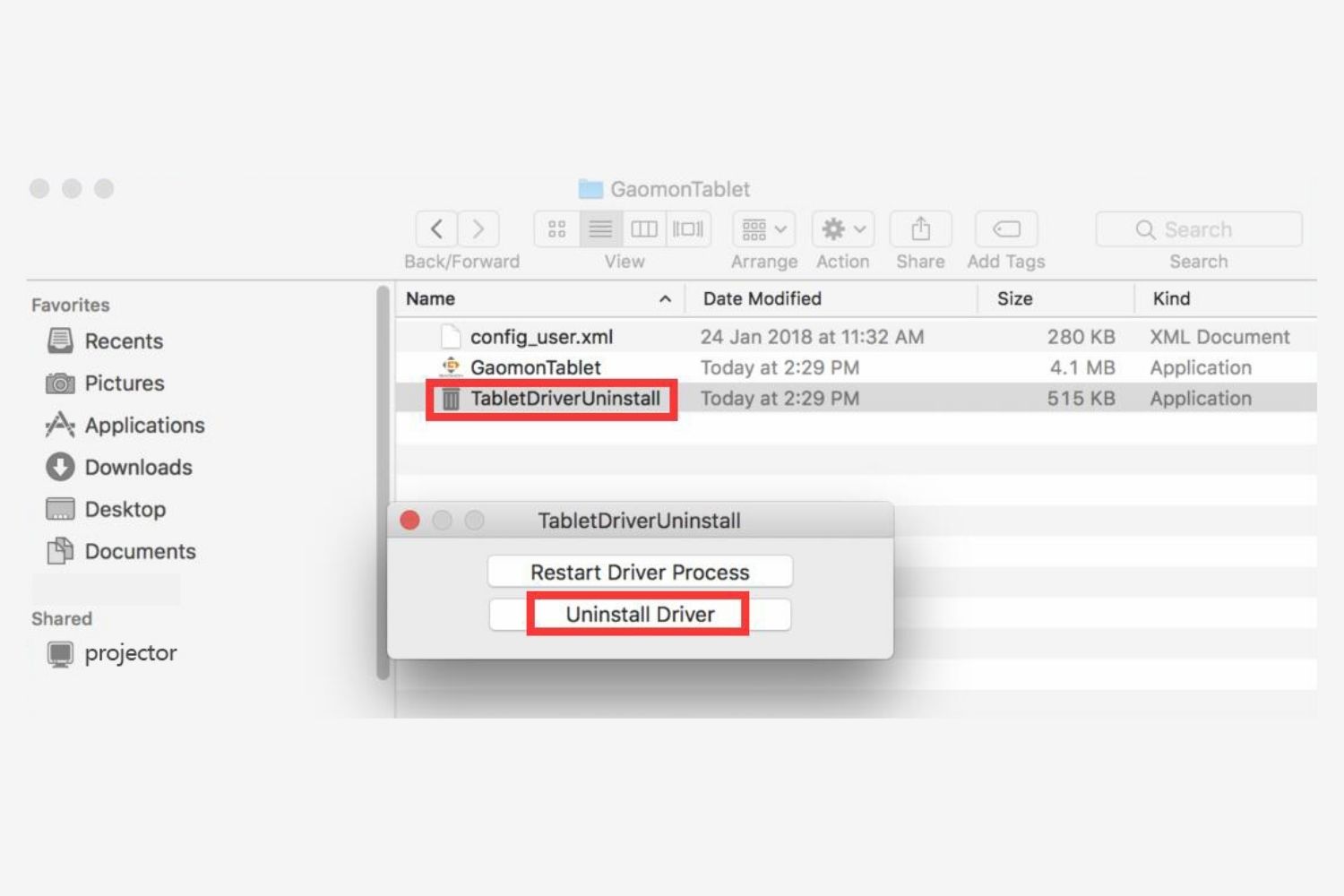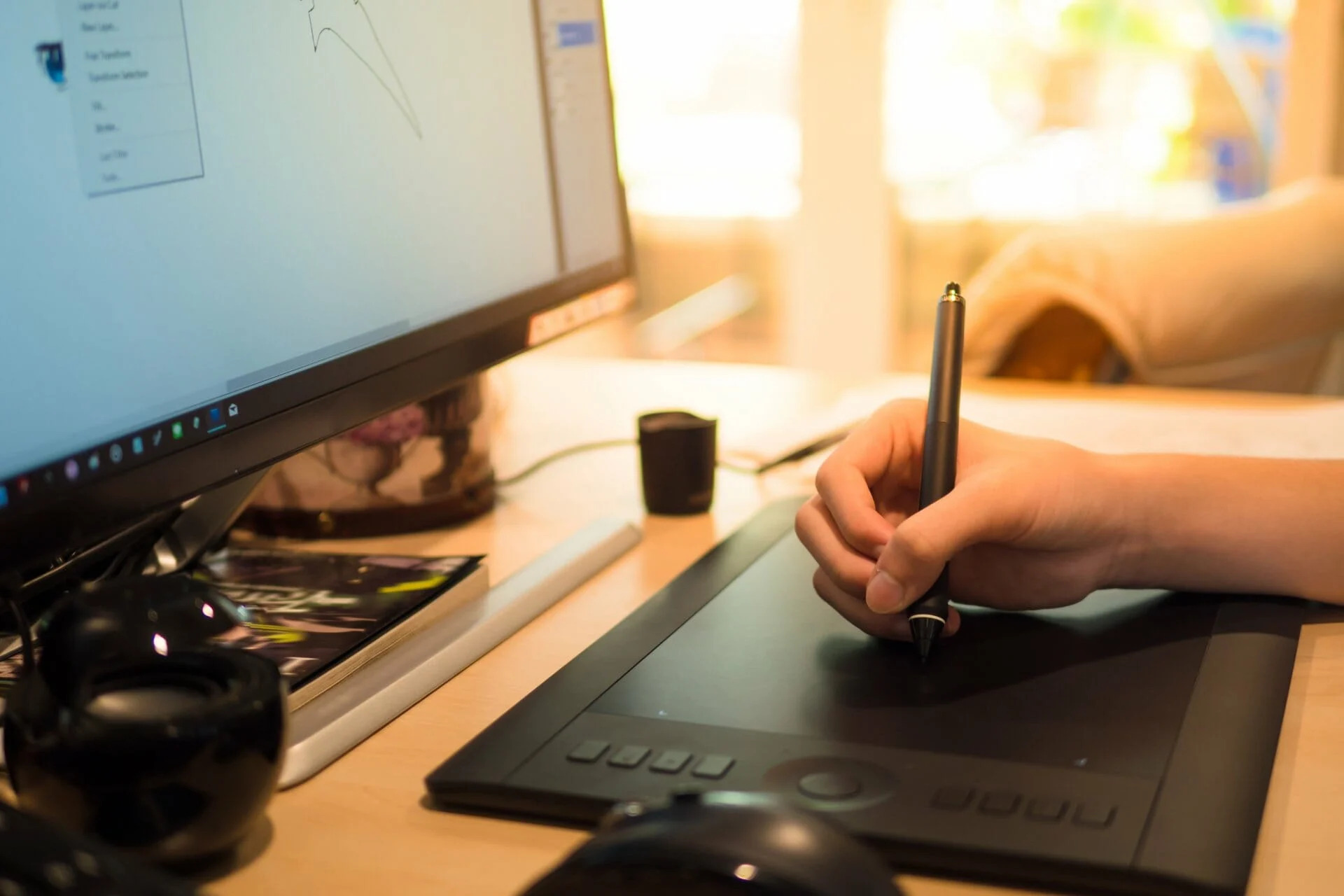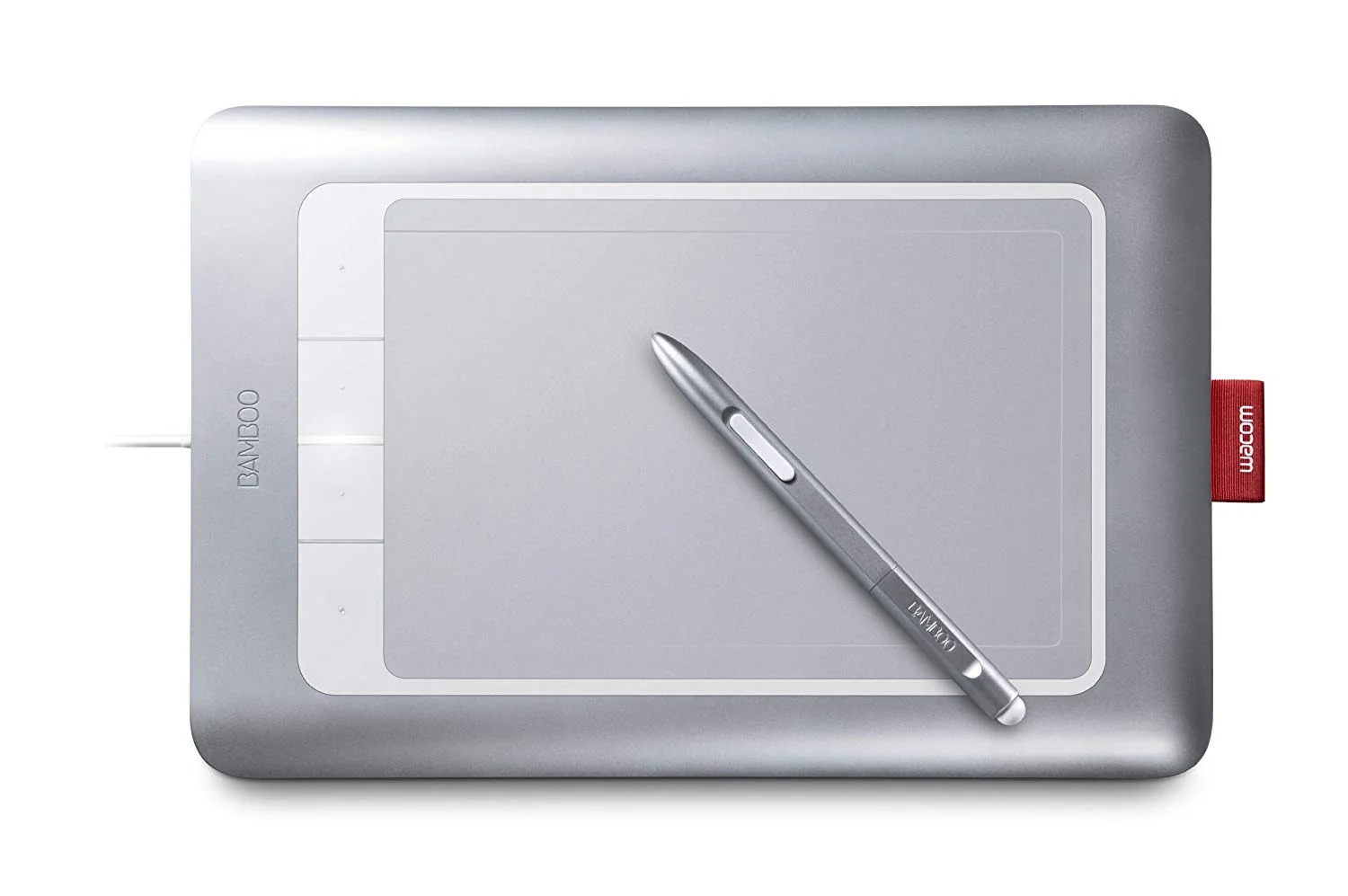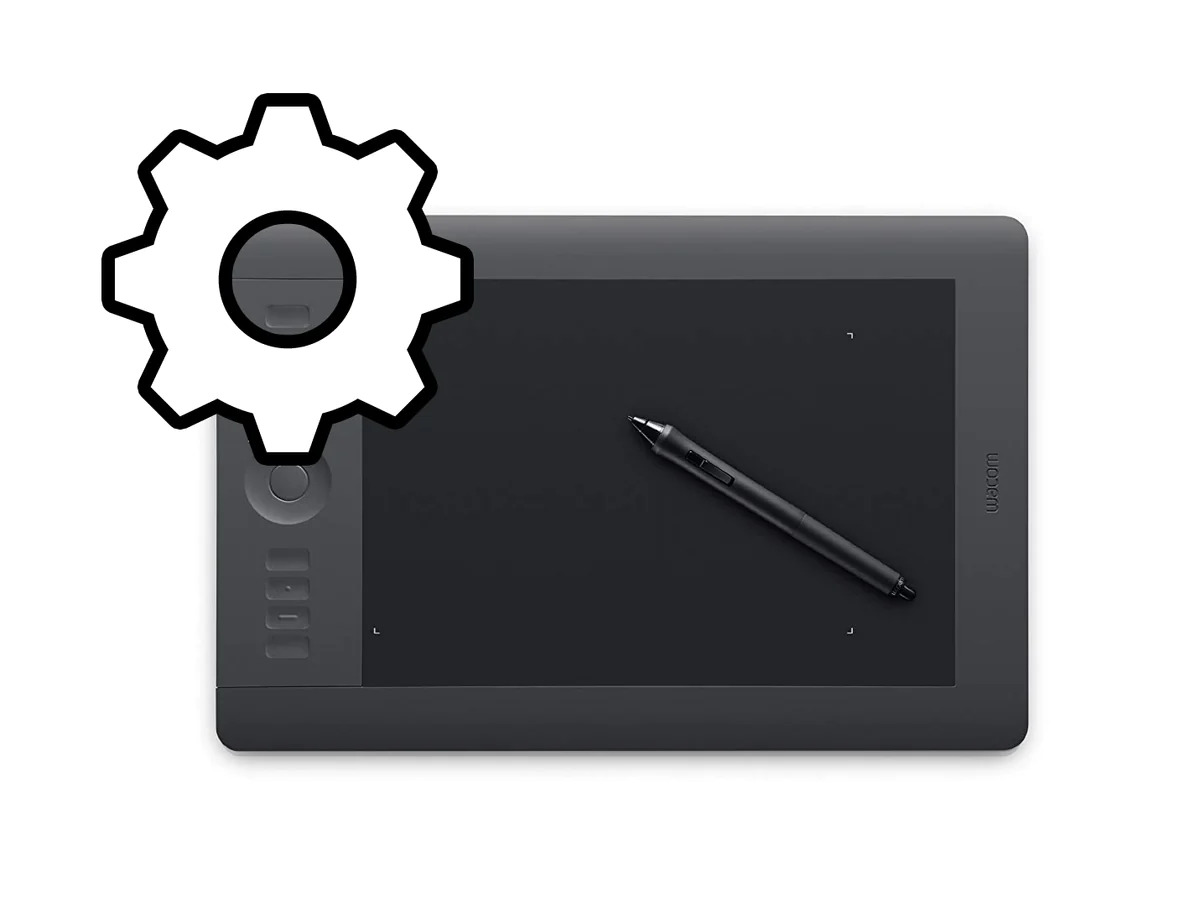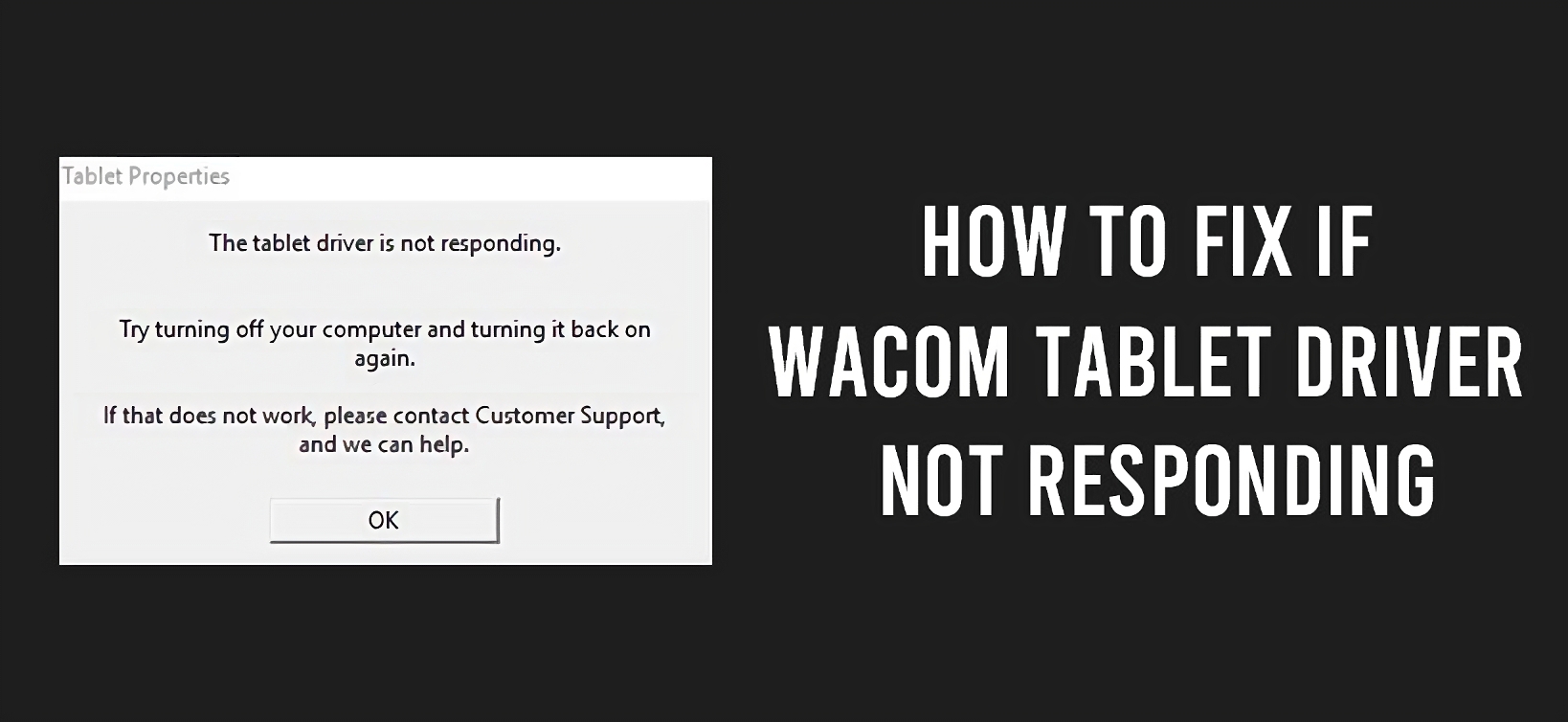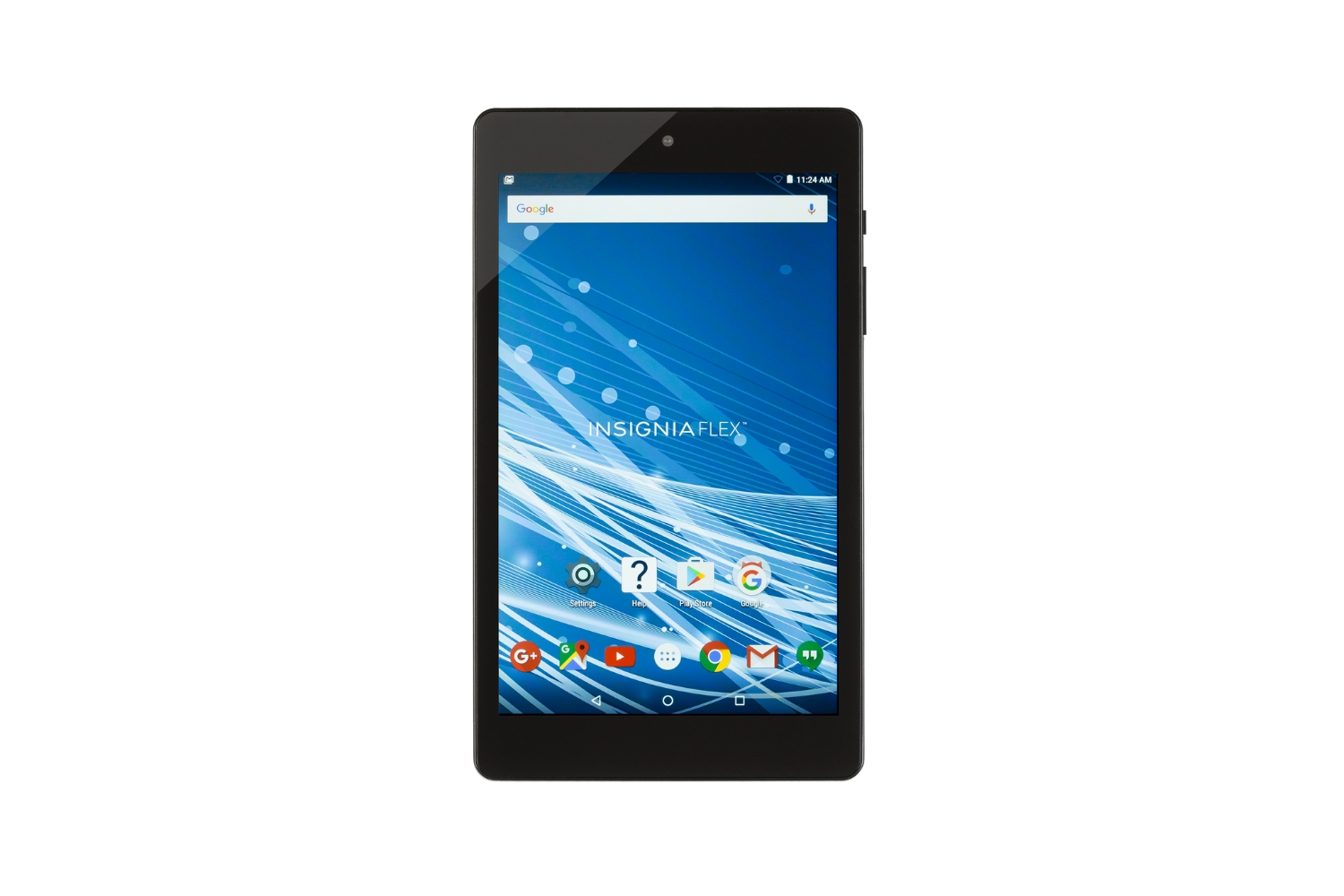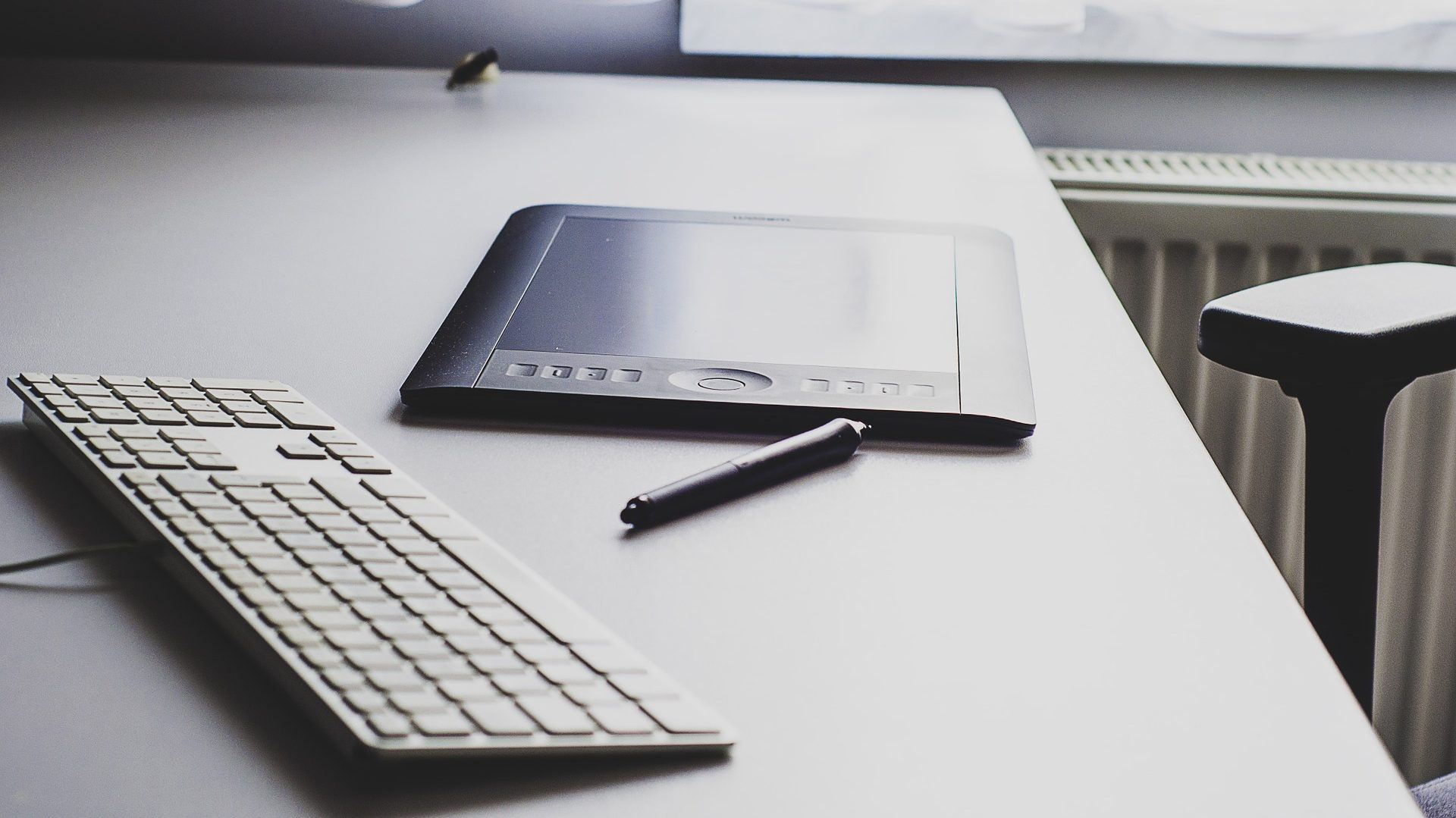Introduction
Tablet drivers are software programs that allow your computer to communicate with and utilize the functionalities of your tablet device. These drivers facilitate the smooth functioning of the tablet, ensuring accurate pen input, pressure sensitivity, and other advanced features. However, there may be instances when you need to uninstall tablet drivers due to various reasons like troubleshooting issues, upgrading to a new tablet, or simply removing unused drivers.
In this guide, we will walk you through the steps to uninstall tablet drivers on both Windows and Mac systems. Following these steps will help you thoroughly remove the drivers and associated settings from your computer, ensuring a clean uninstallation process.
Before we proceed with the uninstallation process, it is important to note that uninstalling the tablet driver will remove all the customized settings and preferences you have made for your tablet. Therefore, it is recommended to back up your tablet settings and preferences, so you can restore them later if needed. Additionally, if you plan to reinstall or update the tablet driver, make sure you have the necessary driver installation files or software available.
Please note that these instructions are generally applicable to most tablet brands and models. However, there may be slight variations depending on the specific tablet driver and operating system you are using. It is always a good practice to refer to the official documentation or support resources provided by your tablet manufacturer if you encounter any issues or need further guidance during the uninstallation process.
Now, let’s proceed to the following steps to uninstall tablet drivers on Windows and Mac systems.
Step 1: Identify the tablet driver
The first step in the process of uninstalling tablet drivers is to identify the specific driver that is installed on your computer. This will help you ensure that you are targeting the correct driver for removal.
To identify the tablet driver on Windows:
- Open the Control Panel by searching for it in the Start menu or using the Run command (Windows key + R) and entering “control panel”.
- In the Control Panel, navigate to the “Devices and Printers” or “Printers and Devices” section.
- Look for your tablet device in the list of installed devices. It might be listed as the tablet brand or model name.
- Right-click on the tablet device and select “Properties” from the context menu.
- In the Properties window, go to the “Driver” tab.
- Note down the driver name, version, and other relevant information. This will help you identify the correct driver when uninstalling it.
To identify the tablet driver on Mac:
- Click on the Apple menu in the top-left corner of the screen and select “System Preferences”.
- In the System Preferences window, select “Accessibility” or “Security & Privacy”.
- Navigate to the “Input Devices” or “Tablet” section.
- Look for your tablet device in the list of connected devices.
- Make a note of the device name, model, and any other relevant information.
By identifying the tablet driver, you will have the necessary information to ensure that you are uninstalling the correct driver and avoiding any potential issues with other devices or software on your computer.
Step 2: Back up your tablet settings
Before proceeding with the uninstallation of tablet drivers, it’s essential to back up your tablet settings. This will allow you to restore your customized preferences and settings after reinstalling the driver or switching to a new tablet.
To back up your tablet settings on Windows:
- Open the tablet driver’s settings panel by searching for it in the Start menu or finding it in the system tray.
- Look for an option to export or save your settings. This may vary depending on the tablet driver software you are using.
- Choose a location on your computer to save the backup file. Ensure it is easily accessible for future use.
- Follow the prompts to save the backup file with a recognizable name. It’s recommended to include the date or a descriptive term to easily identify the backup.
To back up your tablet settings on Mac:
- Open the tablet driver’s settings panel by clicking on its icon in the menu bar or searching for it in the Launchpad.
- Locate the option to export or save your settings. This might be under a settings menu or preferences tab.
- Choose a location on your Mac to save the backup file. Select a folder or create a new one for organizing your backups.
- Provide a name for the backup file and save it with a recognizable name, including the date or a descriptive term.
By backing up your tablet settings, you ensure that you can easily restore your personalized configurations, such as button mappings, pressure sensitivity, and shortcut settings. This step will help you avoid the hassle of manually reconfiguring your tablet after the driver has been uninstalled and reinstalled.
Step 3: Close any tablet-related applications
Before uninstalling the tablet driver, it is important to close any tablet-related applications that may be running on your computer. These applications can include drawing software, digital art programs, or any other software that interacts with your tablet.
Closing tablet-related applications ensures that there are no active processes or services that may interfere with the uninstallation process, preventing any potential conflicts or errors.
To close tablet-related applications on Windows:
- Right-click on the taskbar at the bottom of the screen and select “Task Manager” from the context menu.
- In the Task Manager window, go to the “Processes” or “Applications” tab.
- Look for any processes or applications related to your tablet or drawing software.
- Select the process or application and click on the “End Task” or “Close” button.
- Repeat this process for any other tablet-related processes or applications.
To close tablet-related applications on Mac:
- Click on the Apple menu in the top-left corner of the screen and select “Force Quit” or “Quit [Application Name]”.
- In the Force Quit Applications window, select any tablet-related applications.
- Click on the “Force Quit” or “Quit” button to close the selected applications.
- Repeat this process for any other tablet-related applications.
By closing tablet-related applications, you ensure a clean uninstallation process and minimize any potential conflicts or errors that may arise during the uninstallation of the tablet driver.
Step 4: Uninstall the tablet driver on Windows
Uninstalling the tablet driver on Windows involves using the Device Manager utility, which allows you to manage and uninstall hardware drivers on your computer.
To uninstall the tablet driver on Windows:
- Open the Device Manager by searching for it in the Start menu or using the Run command (Windows key + R) and entering “devmgmt.msc”.
- In the Device Manager window, expand the “Human Interface Devices” or “Mice and other pointing devices” category.
- Look for your tablet device in the list of devices. It may be listed with the tablet brand or model name.
- Right-click on the tablet device and select “Uninstall device” or “Uninstall”.
- Confirm the uninstallation by clicking “Uninstall” in the prompt that appears.
- Repeat this process for any other tablet devices listed in the Device Manager, if applicable.
After the tablet driver has been uninstalled, it is recommended to restart your computer to ensure that any remaining driver files or settings are completely removed.
Keep in mind that if you plan to reinstall or update the tablet driver, you will need to have the necessary driver installation files or software available. This step-by-step guide focuses on uninstalling the driver, but reinstalling or updating the driver can be performed using the driver installation file or the manufacturer’s software.
Uninstalling the tablet driver on Windows removes the driver and associated settings, allowing you to perform a clean uninstallation and prepare for a fresh installation or update if needed.
Step 5: Uninstall the tablet driver on Mac
On Mac systems, uninstalling the tablet driver can be done by removing the driver software from the Applications folder and any associated files from your Library folder.
To uninstall the tablet driver on Mac:
- Close any tablet-related applications that may be running on your Mac.
- Navigate to the “Applications” folder on your Mac’s hard drive.
- Locate the tablet driver software in the Applications folder. It may be named after the tablet brand or model.
- Drag the tablet driver software to the Trash or right-click and select “Move to Trash”.
- Enter your administrator password if prompted.
- Open a new Finder window and navigate to the “Library” folder on your Mac’s hard drive. You can access it by clicking on “Go” in the menu bar and selecting “Go to Folder”. Then, enter “~/Library” (without quotes) and click “Go”.
- In the Library folder, locate the “Preferences” folder.
- Search for any files or folders related to the tablet driver. These files may be named after the tablet brand or model.
- Drag these files or folders to the Trash or right-click and select “Move to Trash”.
- Empty the Trash to permanently remove the tablet driver and associated files from your Mac.
Once you have completed the uninstallation process, it is recommended to restart your Mac to ensure that any remaining driver files or settings are removed from the system.
If you plan to reinstall or update the tablet driver, make sure you have the necessary driver installation files or software available. The focus of this step-by-step guide is on uninstalling the driver, but reinstalling or updating the driver can be done using the driver installation file or the manufacturer’s software.
Uninstalling the tablet driver on Mac ensures that the driver and associated files are completely removed from your system, allowing you to start fresh if you choose to reinstall or update the driver in the future.
Step 6: Delete any leftover files or folders
After uninstalling the tablet driver, there may be leftover files or folders on your computer that were not removed during the uninstallation process. It is important to delete these leftover files to ensure a clean and thorough uninstallation.
To delete any leftover files or folders on Windows:
- Open File Explorer by clicking on the folder icon in the taskbar or searching for it in the Start menu.
- Navigate to the folder where the tablet driver was installed. This is typically in the “Program Files” or “Program Files (x86)” folder.
- Look for any remaining files or folders related to the tablet driver. These may have names similar to the tablet brand or model.
- Right-click on the files or folders and select “Delete”. Alternatively, you can select them and press the “Delete” key on your keyboard.
- Empty the Recycle Bin to permanently delete the files and free up disk space.
To delete any leftover files or folders on Mac:
- Open a new Finder window and navigate to the “Library” folder on your Mac’s hard drive by clicking on “Go” in the menu bar and selecting “Go to Folder”.
- In the Library folder, locate the “Application Support” folder.
- Search for any remaining files or folders related to the tablet driver. These files may have names similar to the tablet brand or model.
- Drag these files or folders to the Trash or right-click and select “Move to Trash”.
- Empty the Trash to permanently delete the files and reclaim disk space.
Deleting the leftover files or folders ensures that any remnants of the tablet driver are removed from your computer, freeing up disk space and avoiding any potential conflicts or issues in the future.
Step 7: Restart your computer
After completing the uninstallation process and deleting any leftover files or folders, it is important to restart your computer. Restarting helps ensure that any remaining traces of the tablet driver are fully removed from the system.
To restart your computer on Windows:
- Click on the Start menu or press the Windows key.
- Click on the Power button.
- Select “Restart” from the drop-down menu.
To restart your computer on Mac:
- Click on the Apple menu in the top-left corner of the screen.
- Select “Restart” from the drop-down menu.
Restarting your computer allows all system processes and services to reset, ensuring a clean state and removing any lingering effects of the tablet driver. It also provides an opportunity for your computer’s operating system to reestablish any necessary connections and configurations.
After your computer restarts, make sure to test your computer without the tablet driver installed to ensure that it is functioning properly. If you encounter any issues or inconsistencies, you may consider reinstalling the tablet driver or seek further assistance from the manufacturer’s support resources.
By restarting your computer, you complete the uninstallation process and ensure that your system is ready for any future installations or updates of the tablet driver.
Step 8: Reinstall or update the tablet driver, if desired
After following the previous steps to uninstall the tablet driver, you may consider reinstalling or updating the driver based on your needs. Reinstalling or updating the tablet driver can help resolve any issues you were experiencing or ensure that you have the latest features and compatibility enhancements.
To reinstall or update the tablet driver on Windows:
- Make sure you have the necessary driver installation files or software available. These can typically be downloaded from the tablet manufacturer’s website.
- Run the driver installation file or launch the software.
- Follow the on-screen instructions to install or update the tablet driver.
- Restart your computer after the installation or update process is complete.
To reinstall or update the tablet driver on Mac:
- Download the latest version of the tablet driver software from the manufacturer’s website.
- Open the downloaded driver installation file.
- Follow the on-screen instructions to install or update the tablet driver.
- Restart your Mac after the installation or update process is complete.
By reinstalling or updating the tablet driver, you ensure that you have a fresh and up-to-date installation that is compatible with your tablet and operating system. This can help optimize its performance and ensure that you can fully utilize all the features and functionalities offered by your tablet.
Remember to customize your tablet settings and preferences once the driver has been reinstalled or updated, using the backup you created earlier.
It is important to note that the specific steps for reinstalling or updating the tablet driver may vary depending on the tablet brand and model. Always refer to the official documentation or support resources provided by the tablet manufacturer for the most accurate and detailed instructions.
Conclusion
Uninstalling tablet drivers may be necessary for troubleshooting issues, upgrading to a new tablet, or removing unused drivers from your computer. By following the steps outlined in this guide, you can safely and effectively uninstall tablet drivers on both Windows and Mac systems.
Remember to identify the tablet driver, back up your tablet settings, and close any tablet-related applications before proceeding with the uninstallation process. On Windows, use the Device Manager to uninstall the tablet driver, and on Mac, manually delete the driver software and associated files from the Applications and Library folders.
Additionally, deleting any leftover files or folders and restarting your computer will ensure a clean uninstallation. Once you have completed these steps, you have the option to reinstall or update the tablet driver if desired.
Always refer to the official documentation or support resources provided by your tablet manufacturer for the most accurate and specific instructions, as the steps may vary depending on your tablet brand and model.
By following these steps, you can confidently uninstall tablet drivers and prepare your computer for a fresh installation or an upgrade to a new tablet. Removing unnecessary drivers helps optimize your system’s performance and ensures a seamless tablet experience.







